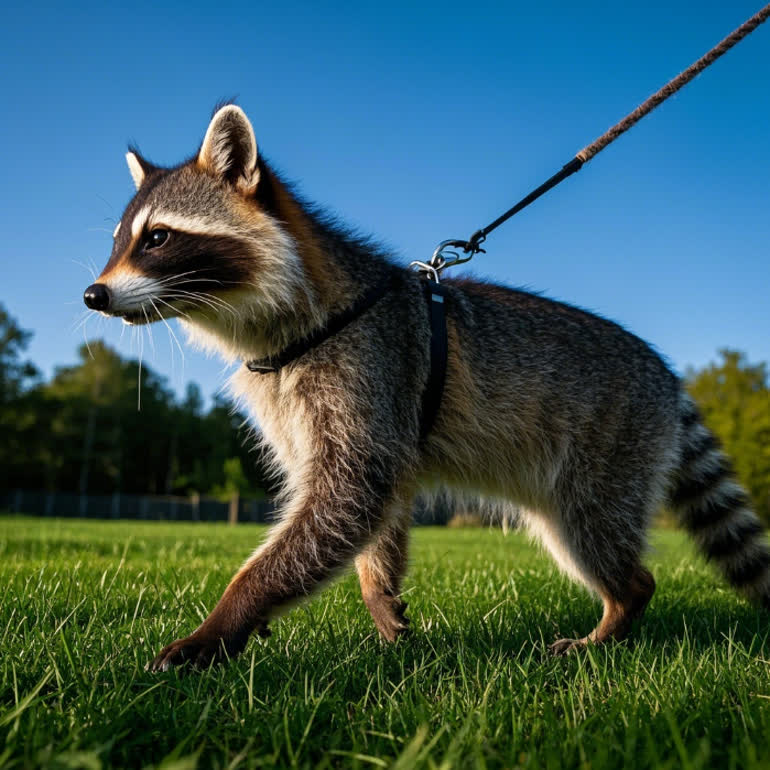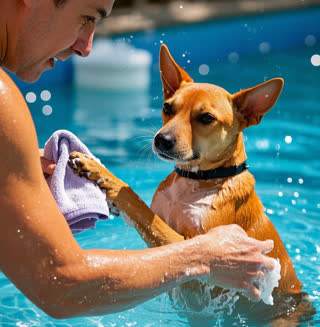1. Understanding Your Maine Coon’s Needs
- Why Leash Training?
Unlike smaller cat breeds, Maine Coons benefit from structured outdoor activities to prevent obesity and boredom-related behaviors. Leash training also reduces the risk of escape or injury compared to free-roaming. - Key Considerations
Age: Start training kittens early (8–12 weeks) for easier adaptation.
Temperament: Some Maine Coons may be more skittish; adjust your approach based on their personality.
2. Selecting the Right Gear
- Harness Types
H-style: Distributes pressure evenly, ideal for calm cats.
Vest-style: More secure for active cats (e.g., Kitty Holster or Voyager Harness ).
Adjustable Fit: Measure your cat’s chest girth (11–20+ inches) for a snug but comfortable fit .
- Leash Length
Opt for a 4–6 foot retractable leash for controlled exploration.
3. Step-by-Step Training Process
Phase 1: Introducing the Harness
Step 1: Familiarization
Place the harness near your cat’s bed or toys for 2–3 days. Reward them with treats when they sniff or paw at it.Step 2: Short Sessions
Gently put the harness on for 5–10 minutes, gradually increasing time over a week. Use positive reinforcement (treats, praise) .Step 3: Indoor Exploration
Attach a leash and let your cat drag it around indoors. Supervise to prevent tangling .
Phase 2: Outdoor Acclimation
Step 4: Safe Outdoor Spaces
Start in a quiet, enclosed area (e.g., backyard). Let your cat explore at their own pace. Avoid busy streets or loud noises .Step 5: Gradual Walks
Once comfortable, guide your cat with treats and a soft voice. Keep walks short (5–10 minutes) initially .
Phase 3: Advanced Training
Step 6: Distraction Training
Introduce mild distractions (e.g., birds, rustling leaves) and reinforce focus with treats.Step 7: Leash Manners
Teach your cat to stop pulling by pausing when they tug. Reward calm behavior .
4. Common Challenges and Solutions
Fear or Resistance
If your cat freezes or tries to escape, remove the harness and try again later. Never force them .Weather Considerations
Avoid extreme heat or cold. Use booties for icy surfaces and sunscreen for prolonged sun exposure.Health Checks
Ensure your cat is up-to-date on vaccinations and flea/tick prevention before outdoor trips .
5. Maintaining Consistency
Daily Routine: Schedule short training sessions (10–15 minutes) daily to reinforce habits.
Reward System: Use high-value treats (e.g., freeze-dried chicken) during training.
Patience: Some cats may take weeks to adapt. Celebrate small victories, like wearing the harness for 30 minutes .
6. Safety Tips for Outdoor Adventures
Supervision: Always monitor your cat during walks.
ID Tags: Attach a collar with ID tags (in addition to the harness) in case of escape.
First Aid Kit: Carry basic supplies (antiseptic wipes, bandages) for minor injuries.










